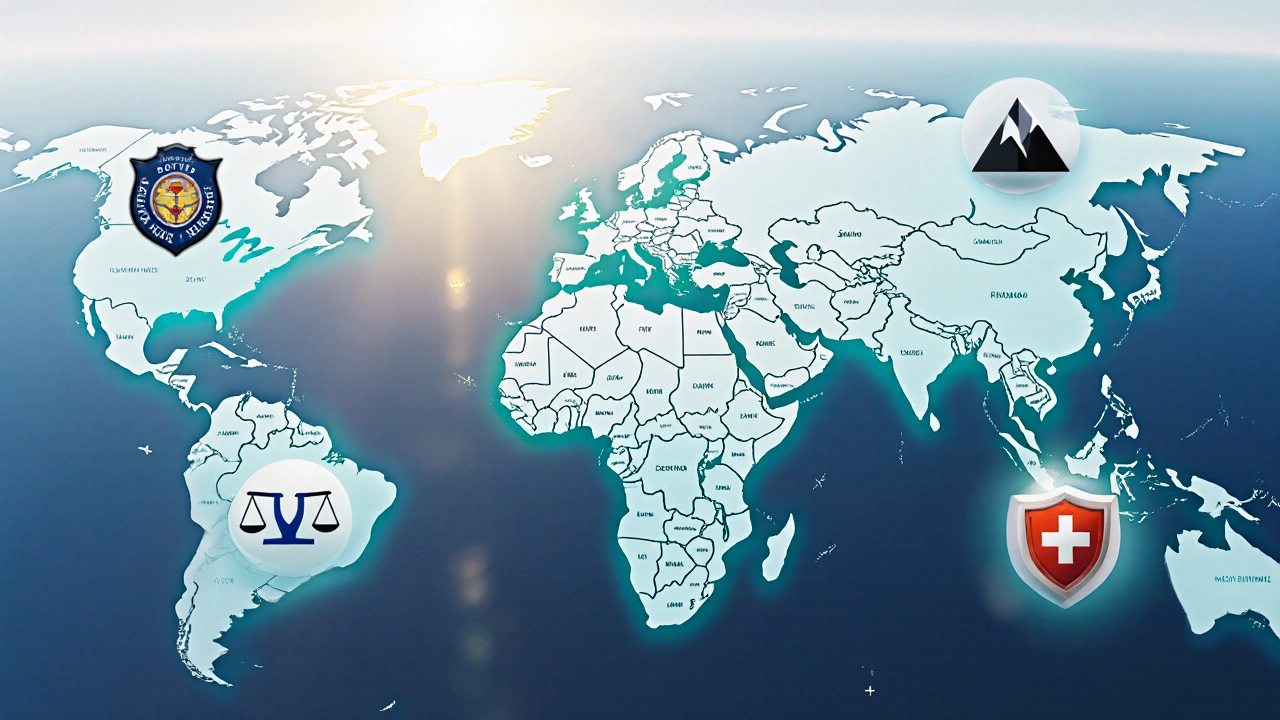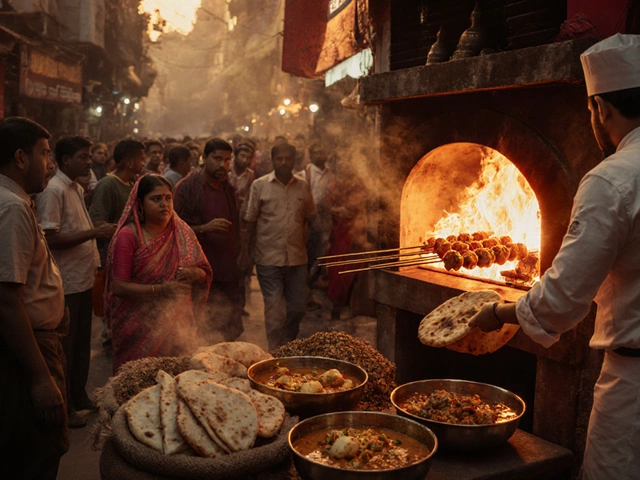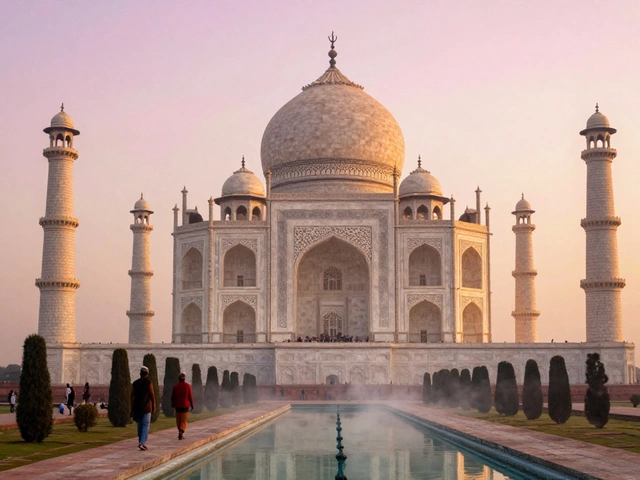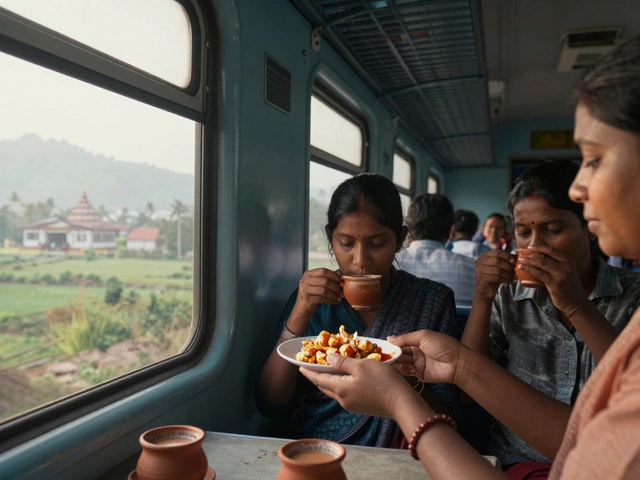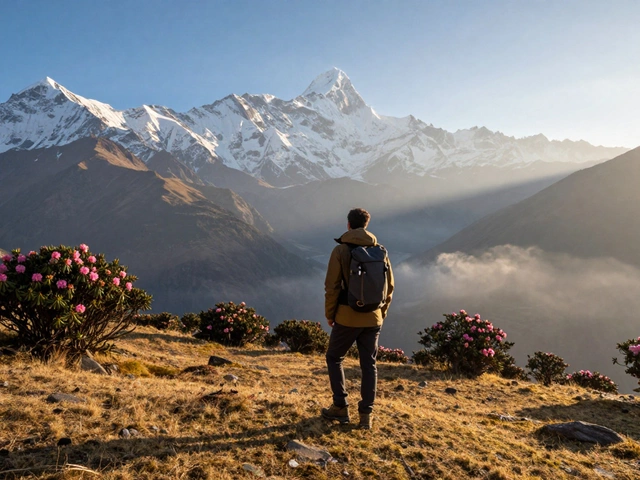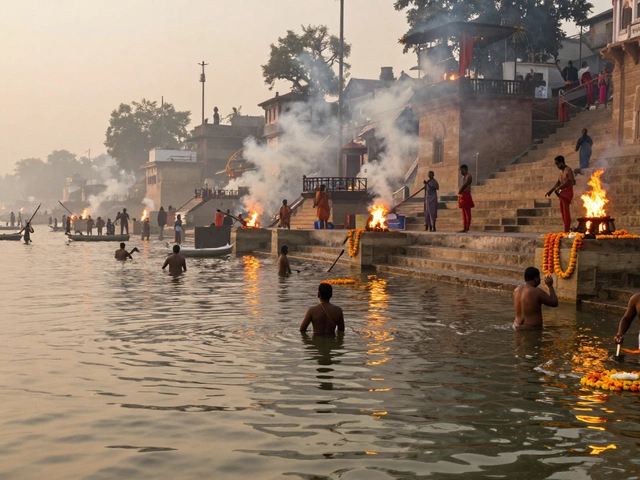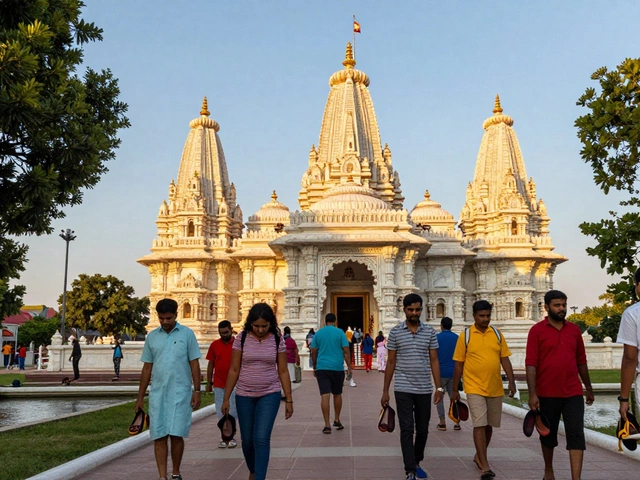2025 Safest Countries Explorer
Iceland
1.12 GPI Score
Key Strengths: Community policing, economic transparency, robust healthcare, minimal natural hazards.
Travel Tip: Register with your embassy and learn the local emergency number (112).
2025 Safety Rankings
| Rank | Country | GPI Score | Homicides per 100k | Political Stability |
|---|---|---|---|---|
| 1 | Iceland | 1.12 | 0.3 | 0.96 |
| 2 | Singapore | 1.18 | 0.5 | 0.98 |
| 3 | New Zealand | 1.24 | 0.6 | 0.94 |
| 4 | Finland | 1.30 | 0.7 | 0.95 |
| 5 | Denmark | 1.33 | 0.8 | 0.97 |
Safety Metrics Explained
Global Peace Index (GPI): Composite measure of peace across 23 indicators including internal conflict and societal safety.
Homicide Rate: Number of homicides per 100,000 people annually.
Political Stability: Likelihood of government upheaval or unrest (0 to 1 scale).
Healthcare Quality: Access to emergency care, hospital beds per capita, and life expectancy.
Natural Disaster Risk: Exposure to earthquakes, hurricanes, floods, and volcanic activity.
Travel Safety Tips
- Register with your embassy before traveling
- Keep digital copies of important documents
- Learn local emergency numbers
- Use reputable transportation options
- Stay aware of surroundings
Ever wondered which nation tops the list for peace, low crime and solid health services? As travelers, we all crave a destination where you can stroll the streets after dark without a second thought. This guide breaks down how safety is measured, reveals the 2025 top‑ranked nations, and gives you practical steps to stay secure wherever you roam.
Key Takeaways
- The Global Peace Index (GPI) remains the gold standard for comparing national safety.
- Iceland, Singapore, NewZealand, Finland and Denmark consistently lead the 2025 rankings.
- Low crime, political stability, high‑quality healthcare and minimal natural‑disaster risk are the four pillars of a safest country.
- Travel advisories and local emergency numbers are essential tools for any itinerary.
- Simple habits - like registering with your embassy and buying comprehensive travel insurance - dramatically cut risk.
How Experts Measure National Safety
Safety isn’t a single number; analysts blend several metrics into a composite score.
Global Peace Index is a yearly report produced by the Institute for Economics & Peace. It scores 163 countries on 23 indicators, covering internal conflict, external aggression and societal safety. A lower GPI score means a more peaceful nation.
Another core factor is the Crime Rate. Official statistics - homicides per 100,000 people, violent‑crime incidents and property‑theft reports - give a concrete feel for daily risk.
Political Stability gauges the likelihood of government upheaval, protests or coups. Nations with stable democratic institutions score high on this dimension.
Health infrastructure matters too. The Healthcare Quality indicator rates access to emergency care, hospital beds per capita and overall life expectancy.
Lastly, the Natural Disaster Risk accounts for earthquakes, hurricanes, floods and volcanic activity. A low exposure score means fewer unexpected evacuations.
All these pieces feed into the Travel Advisory ratings issued by governments such as the U.S. State Department or the UK Foreign Office. Advisories synthesize the metrics above and add on‑the‑ground intelligence about terrorism, health alerts and visa policy changes.
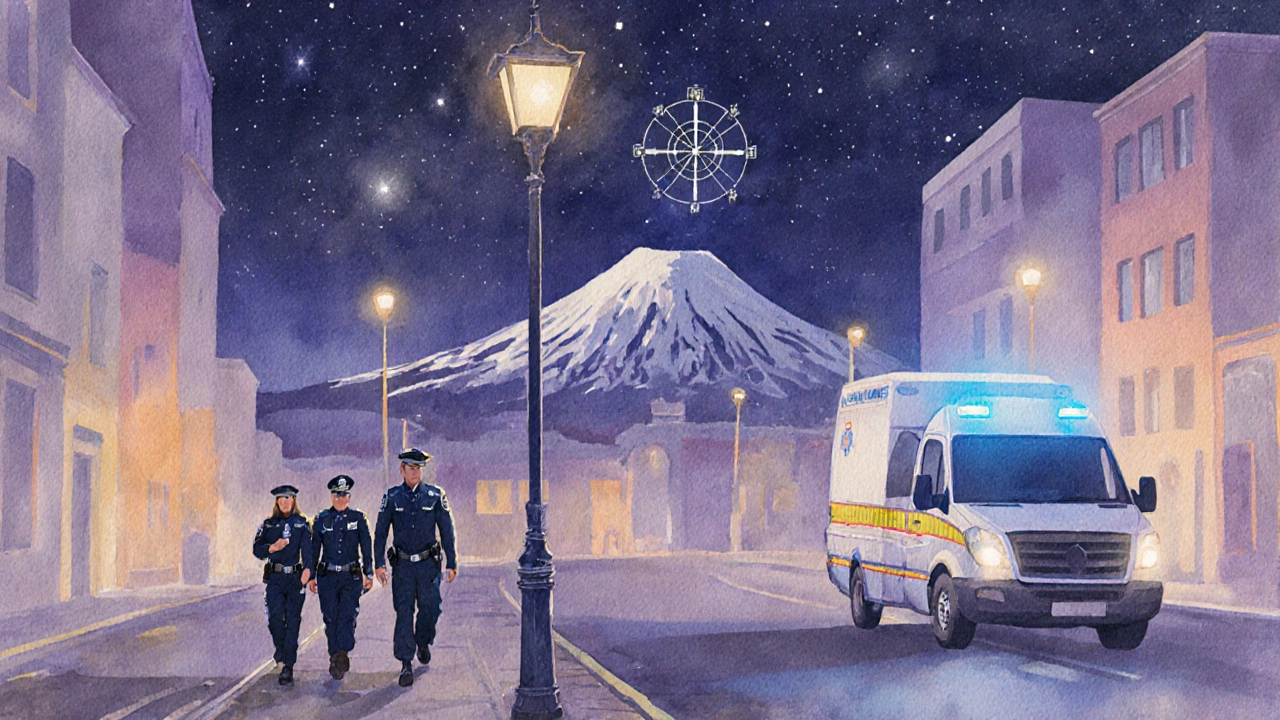
2025 Top Five Safest Countries
| Rank | Country | GPI Score | Homicides per 100k | Political Stability (0‑1) | Healthcare Index (0‑100) | Disaster Risk (0‑1) |
|---|---|---|---|---|---|---|
| 1 | Iceland | 1.12 | 0.3 | 0.96 | 89 | 0.07 |
| 2 | Singapore | 1.18 | 0.5 | 0.98 | 92 | 0.12 |
| 3 | New Zealand | 1.24 | 0.6 | 0.94 | 90 | 0.15 |
| 4 | Finland | 1.30 | 0.7 | 0.95 | 88 | 0.10 |
| 5 | Denmark | 1.33 | 0.8 | 0.97 | 91 | 0.09 |
All five nations score under 1.4 on the GPI, enjoy homicide rates well below the global average (5.8 per 100k), and provide universal health coverage with top‑tier hospitals.
Why Iceland Leads the Pack
At the summit sits Iceland, a small island with roughly 380,000 residents. Its success hinges on four intertwined strengths:
- Community policing. With fewer than 250 active officers, police patrol on foot, fostering trust and rapid response.
- Economic transparency. The nation’s low corruption score (0.12 on the Transparency International index) reduces organized crime incentives.
- Robust healthcare. The public system offers free emergency services and a 95‑minute average ambulance response time in Reykjavik.
- Minimal natural hazards. Situated on the Mid‑Atlantic Ridge, volcanic eruptions are monitored 24/7, and the government maintains an excellent early‑warning network.
For travelers, this translates into safe city walks, reliable public transport and a clear, English‑speaking emergency number (112).
What Singapore Brings to the Table
Singapore often surprises visitors with its ultra‑low crime rate. The city‑state’s secret sauce includes strict gun laws, an extensive CCTV network and a legal system that enforces swift penalties. Health‑wise, Singapore’s hospitals rank among the world’s best, with a 99% survival rate for cardiac emergencies.
The nation also scores a perfect 1.0 on political stability thanks to its long‑standing parliamentary system and zero‑tolerance policy for public unrest.
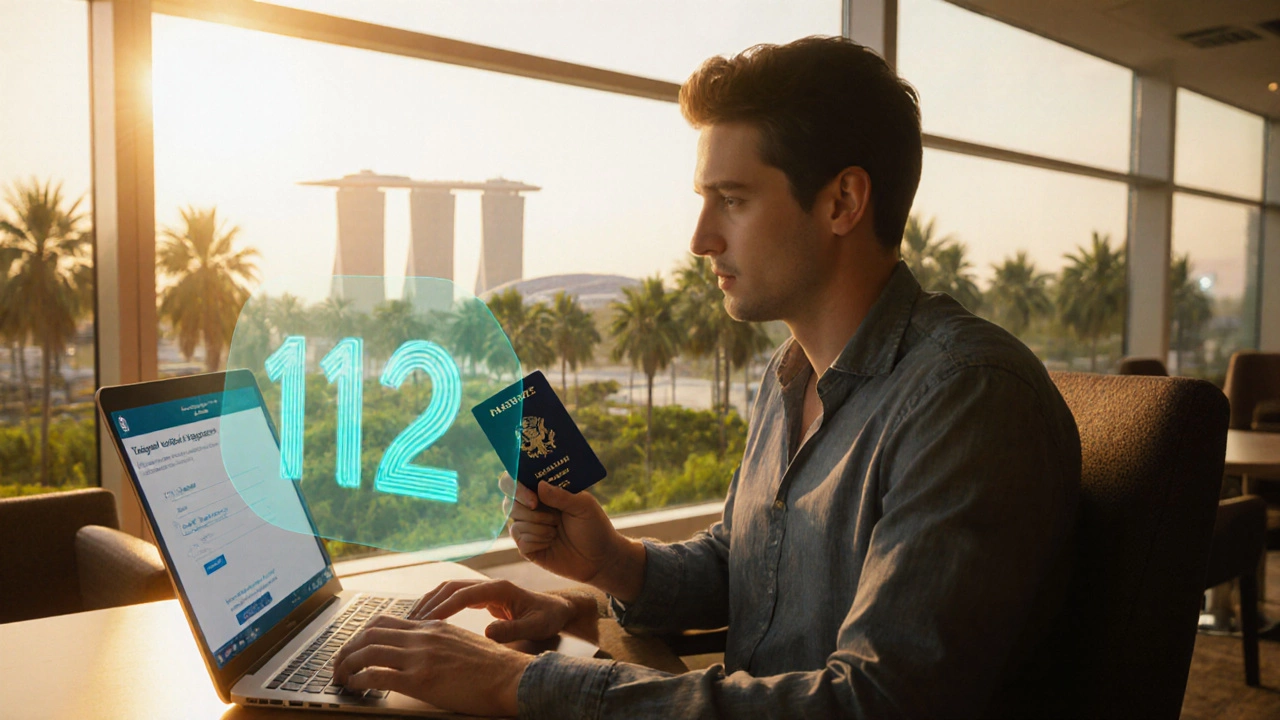
Practical Safety Tips for Any Destination
- Register with your embassy. Most foreign ministries offer an online portal where you can share travel dates and receive alerts.
- Keep copies of important documents. Scan passports, visas and insurance cards to a secure cloud folder.
- Learn the local emergency number. In most European countries it’s 112; in the U.S. it’s 911. A quick Google search before you land saves time.
- Use reputable transportation. Prefer licensed taxis, rideshare apps with driver verification, or public transit that’s monitored by CCTV.
- Stay aware of your surroundings. Avoid isolated alleys after dark, keep valuables out of sight, and trust your gut feeling.
Leveraging Travel Advisories and Insurance
Before you book, check the latest Travel Advisory from your home country. Advisories are color‑coded (green, yellow, orange, red) and often include recommended vaccinations, visa requirements and safety briefings.
Invest in a policy that covers medical evacuation, trip cancellation due to civil unrest, and natural‑disaster disruptions. The 2025 World Travel Insurance Report shows that travelers with comprehensive coverage experience 30% lower out‑of‑pocket costs after an incident.
Frequently Asked Questions
Which metric matters most when judging a country’s safety?
The Global Peace Index provides the most balanced view because it blends crime data, political stability, and disaster risk into a single score.
Is a low crime rate enough to guarantee a safe visit?
Not entirely. You also need reliable healthcare, stable politics and good emergency response systems. A country could have low crime but poor medical facilities, which raises risk for travelers.
How often do safety rankings change?
Major shifts usually follow political upheavals, natural disasters, or significant changes in law enforcement policy. Otherwise, rankings are fairly stable year‑to‑year.
Can I rely on local advice instead of official travel advisories?
Local tips are valuable for day‑to‑day safety, but official advisories cover broader risks like political unrest or health epidemics that locals might not highlight to tourists.
What insurance coverage is essential for a trip to a “safest country”?
Even in safe nations, consider medical evacuation, trip interruption, and personal liability. Accidents happen everywhere, and a good policy ensures you’re not stuck with huge bills.
